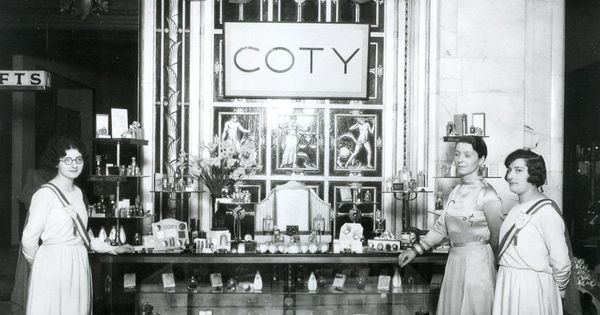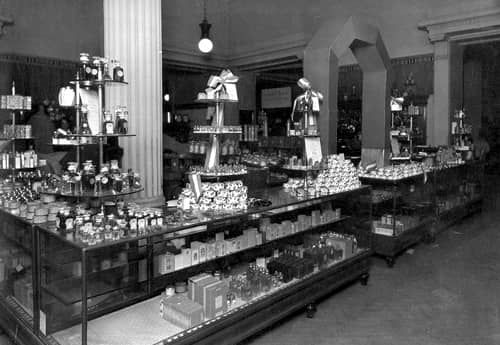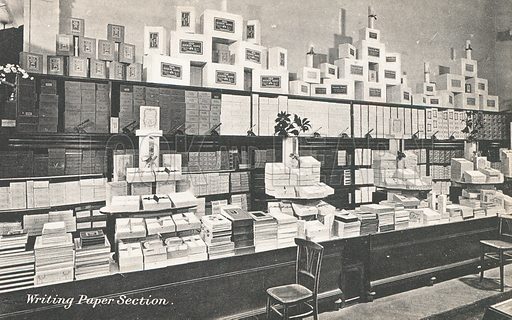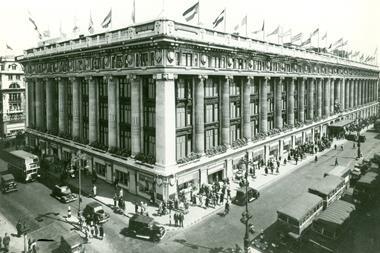





Every morning in 1909, Mr. Selfridge found the front of his store a disastrous scene, with many people passing by, noisy carriages, horses defecating on the sidewalk, etc. This whole scene was part of the decision to gather his store collaborators and present them with the following strategy.
– “I want to remove the perfume from the pharmacy and put it at the front of the store.”
Some of his collaborators said:
– In plain sight? But perfume is a lady's secret, that's impossible.
And he said to them:
– The store's exterior is a mess; the smell of horse manure is pervasive. Let's change the customer's environment as soon as they enter the store. What better way to offer perfume and all the beauty-enhancing products? Do you know why we don't sell our creams well? If women use them every day, why don't they know where to find them in our store? Let's put a perfume and cosmetics department at the front of the store.–
Back then, beauty products weren't bundled together as we know them now; they were all gathered in the pharmacy at the back of the store. Women used cosmetics at their discretion because it was considered vulgar, which is why Selfridges' employees reacted by saying, "That's not allowed."
Many times the shopping experiences are based on that established «it can't be done«
Imagine a store without checkouts: It's impossible. Here's Amazon Go.
Imagine delivering packages without personnel: It's impossible. Here are DHL Delivery Drones.
Countless shopping experiences began with a it can't be done, porque siempre la innovación en el punto de venta desafía la lógica común, hay que aventurarse y experimentar para salir y dejar atrás lo establecido, revisar las áreas de oportunidad y lo que hace que realmente desafía al retailer como al consumidor.
We highly recommend the 2013 British series Mr Selfridge which tells the life of entrepreneur Harry Gordon Selfridge and the creation and evolution of the Selfridges department store in London at the beginning of the 20th century.

